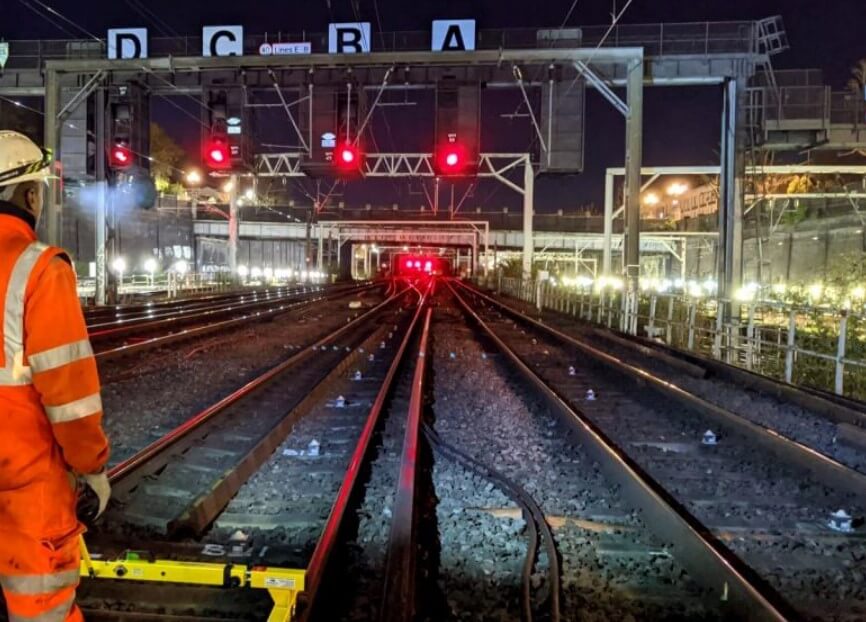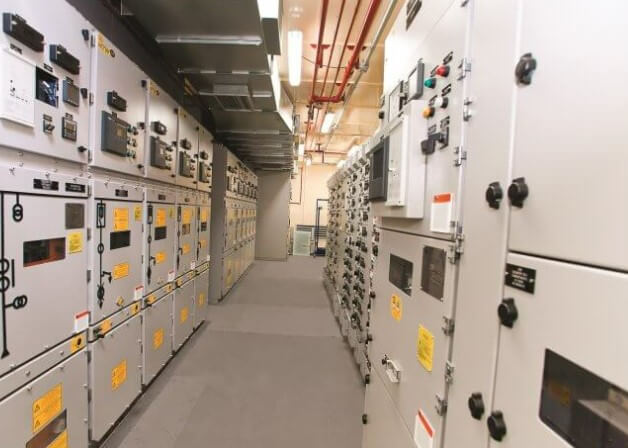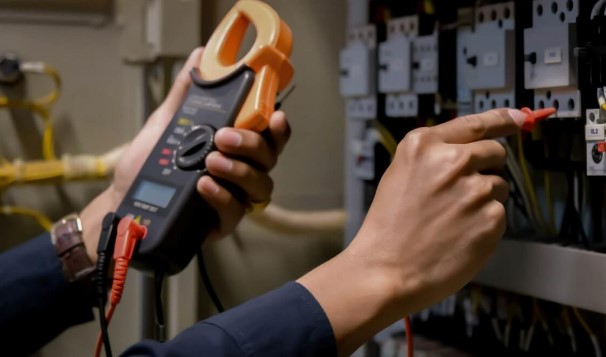When we flip on a light switch or power up our electronic devices, we rarely think about the intricate network of power stations and electrical infrastructure that enables such seamless electricity delivery. Yet, within this network, high-voltage power stations play a critical role. They are the nerve centers of our power grid, where electricity is transformed and distributed across vast distances. In this exploration, we delve into the fascinating world of high-voltage power stations, unraveling their complexities and understanding their significance in modern society.

GET IN TOUCH
The ultimate solution for reliable power control! call us at 276-285-3841
Understanding High Voltage Power Stations
High-voltage power stations, also known as substations, are facilities designed to transform electricity from one voltage level to another for transmission and distribution. They serve as intermediaries between power generation plants and consumers, ensuring that electricity is delivered efficiently and reliably.
These stations receive electricity from power plants at lower voltages, typically around 11-33 kV (kilovolts), and elevate it to high voltages ranging from 110 kV to 765 kV or even higher for long-distance transmission. At these elevated voltages, electricity experiences less resistance and can travel greater distances with minimal loss, making it feasible to transport power across regions.
Components of High Voltage Power Stations
High voltage power stations consist of various components, each playing a crucial role in the transformation and distribution process:
1. Transformers: These devices are the workhorses of substations, responsible for stepping up or stepping down voltage levels as required. Step-up transformers elevate voltage for long-distance transmission, while step-down transformers lower voltage for local distribution.
2. Circuit Breakers: To protect the grid from overloads and faults, circuit breakers are installed to interrupt or isolate faulty circuits swiftly. They act as safety mechanisms, preventing damage to equipment and ensuring system stability.
3. Switchgear: Switchgear comprises various switches, fuses, and circuit breakers that control the flow of electricity within the substation. They enable operators to isolate faulty equipment, reroute power, and perform maintenance safely.
4. Busbars: Busbars are conductive bars or rails used to connect various components within the substation, such as transformers, circuit breakers, and switchgear. They form the backbone of the electrical infrastructure, facilitating the smooth flow of electricity.
5. Control Systems: Modern high voltage substations are equipped with advanced control systems that monitor and regulate electricity flow in real-time. These systems utilize sensors, relays, and automated controls to optimize grid performance and respond swiftly to disturbances.

GET IN TOUCH
The ultimate solution for reliable power control! call us at 276-285-3841
Exploring Operational Challenges
Operating high-voltage power stations comes with its set of challenges, ranging from maintenance requirements to ensuring grid stability:
1. Maintenance: Substations require regular maintenance to ensure equipment reliability and longevity. This includes inspecting transformers, testing circuit breakers, and servicing switchgear components. Maintenance schedules are meticulously planned to minimize downtime and ensure uninterrupted power supply.
2. Safety: High voltage environments pose significant safety risks to personnel working within substations. Strict safety protocols, including personal protective equipment (PPE) and training programs, are implemented to mitigate these risks and ensure a safe working environment.
3. Grid Stability: Maintaining grid stability is paramount to prevent blackouts and voltage fluctuations. High-voltage substations play a crucial role in voltage regulation, reactive power control, and frequency management to ensure grid stability under varying load conditions.
The Future of High Voltage Power Stations
As society transitions towards renewable energy sources and electrification intensifies, the role of high-voltage power stations becomes increasingly pivotal. Integration of renewable energy sources such as solar and wind necessitates robust grid infrastructure capable of accommodating fluctuating power generation.
Moreover, advancements in technology, such as smart grids and digitalization, are transforming the way high-voltage substations operate. Smart grid technologies enable real-time monitoring, predictive maintenance, and demand-side management, enhancing grid resilience and efficiency.

GET IN TOUCH
The ultimate solution for reliable power control! call us at 276-285-3841
Conclusion
High voltage power stations represent the backbone of our electrical infrastructure, enabling the efficient transmission and distribution of electricity across vast distances. As we embrace the challenges of a rapidly evolving energy landscape, these substations will continue to play a central role in powering our modern society.
Ready to Dive Deeper into the World of High Voltage Power Stations?
Whether you're an industry professional seeking to enhance your knowledge or simply curious about the inner workings of our electrical infrastructure, there's always more to explore. Join us at Swartz Engineering for comprehensive insights, expert analysis, and cutting-edge developments in the field of high-voltage power stations. Take the next step towards understanding the backbone of our modern society. Contact us Today!
Our Expert Services
Swartz Engineering provides top-quality products to meet our customers' needs. We also make sure our products work reliably and safely. Our products include:
- Type 76 DC Relay
- Type 82 DC Relay
- Swartz Engineering’s Type 64 Ground Relay
- Type 32 Reverse Current Relay
- Type 150 DC
- CSM Shield Monitor
- Metal Oxide Surge Arrestors
- Transducers
- MVIS SL Slim-line Contactor
- Fully-tested Power Control Rooms
- Swartz Engineering’s Portable Substations
